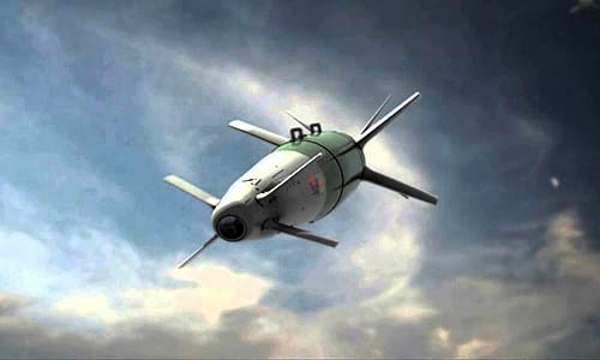The Indian Air Force is likely to change firing procedures for missile and bombs in the wake of the Balakot air strike, during which the pilots could not launch Israeli air-to-surface missiles called the Crystal Maze due to laid down protocols.
The Indian Air Force is likely to change firing procedures for missile and bombs in the wake of the Balakot air strike, during which the pilots could not launch Israeli air-to-surface missiles called the Crystal Maze due to laid down protocols.
If the Crystal Maze missiles had been launched along with the SPICE-2000 bombs, they would’ve provided a live video feed of the bombs hitting their targets. But they could not be launched from the six Mirage-2000 aircrafts that had crossed about 15-20 km inside Pakistan-occupied Kashmir on 26 February due to protocol.
There are different firing procedures depending on the mission and weather conditions, sources in the defence establishment told ThePrint.
‘Video would’ve helped’
The IAF had planned to use the Crystal Maze in conjunction with the SPICE-2000 penetrator bombs. While six aircraft were carrying SPICE-2000s, another six were carrying the Crystal Maze.
Both are penetrating weapons, but the Crystal Maze, unlike the SPICE-2000, also sends back a video of its path and the strike.
The non-availability of a clear video of the strike came as a setback as satellite images of the Jaish camp released a day after the strikes appear to show intact structures without any exterior damage.
“No doubt that a video would have helped. But the message sent across to the Pakistani deep state was loud and clear. Even if they deny, they and we know what really happened and the extent of the damage the SPICE-2000 caused that night,” a source in the defence establishment said.
Another source said: “Hence, missile and bomb firing procedures are being changed, which will enable the pilots to launch them in future Balakot-type operations or otherwise.”
Also read: IAF’s Balakot strike was codenamed Operation Bandar, Army’s operation was named Zafran
What the SPICE-2000s struck
The first source pointed out two things to support the Indian establishment’s claim that the bombs hit their targets — that the Pakistani military opened up the Balakot camp to journalists and others only after weeks, but not the building which was struck, and the continued closure of Pakistani air space. These “clearly show” that the message was delivered loud and clear, the source added.
There were six structures at the attack site, including a large mosque, but the IAF was tasked with targeting three — a two-storey building that housed most of the cadres, including suicide bombers in training, was the primary target, and was hit by three bombs, multiple sources said.
The three SPICE-2000s that hit this building came with timers — configured on the basis of the structure’s make and the material used — that enabled them to go off only after reaching the ground floor.
The other two buildings hit were a guesthouse and a single-storey building believed to house new recruits.
Satellite images in possession of the government, and accessed by ThePrint, show that the SPICE-2000 bombs did drop on at least two targets.
The images show small black holes in the roofs of two of the buildings which appear to be the entry points of the bombs. SPICE-2000s are meant to take out heavily-fortified command and control centres, even if they’re underground.
Source: ThePrint
Image Courtesy: Defencepoint
You may also like
-
IAF Aircraft Set Course For Exercise Eastern Bridge VII At Oman
-
IAF Set To Host The Indian Defence Aviation Exposition-II At Jodhpur
-
Defence Secretary to co-chair 5th India-Philippines Joint Defence Cooperation Committee meeting in Manila
-
Simultaneous Launch Of ‘malpe And Mulki’, Fourth And Fifth Ships Of Asw Swc (Csl) Project
-
Aatmanirbharta in Defence: MoD signs Contract with HAL for 240 AL-31FP Aero Engines for Su-30MKI Aircraft
